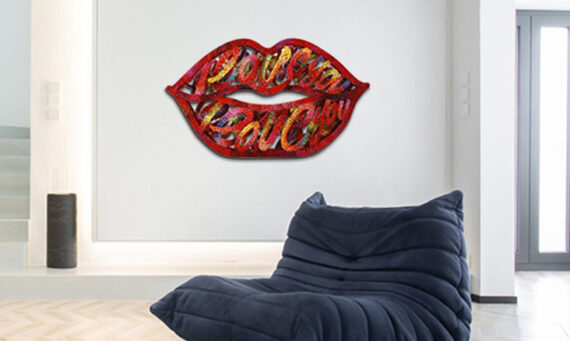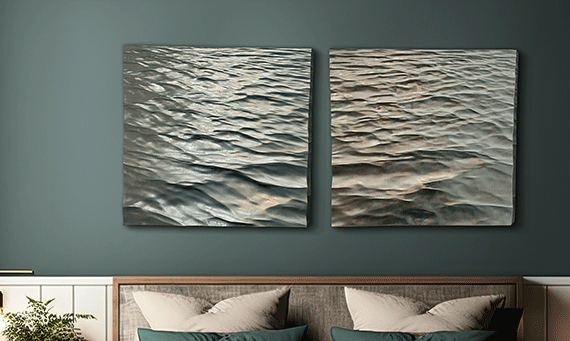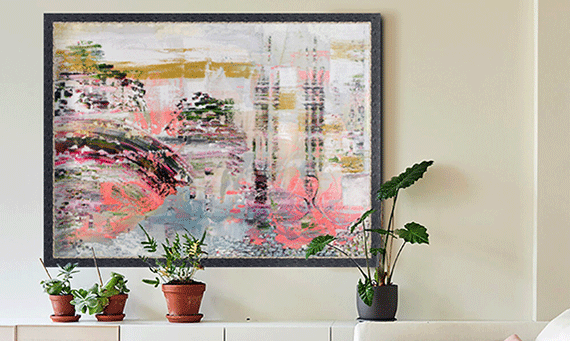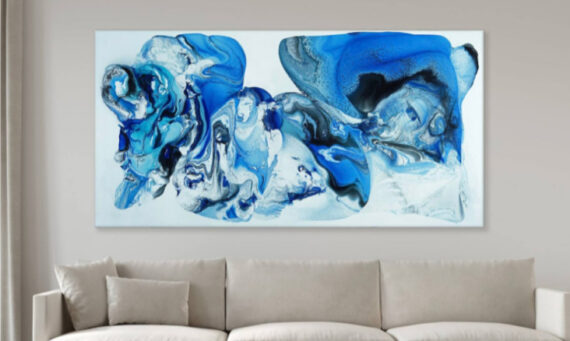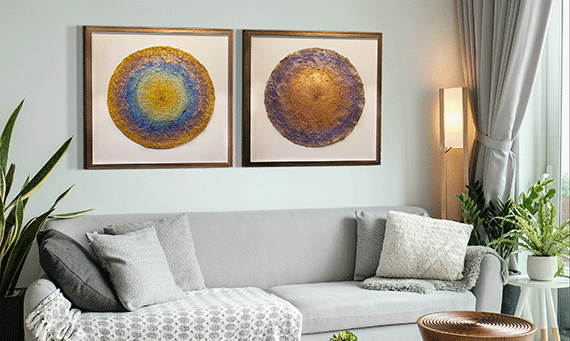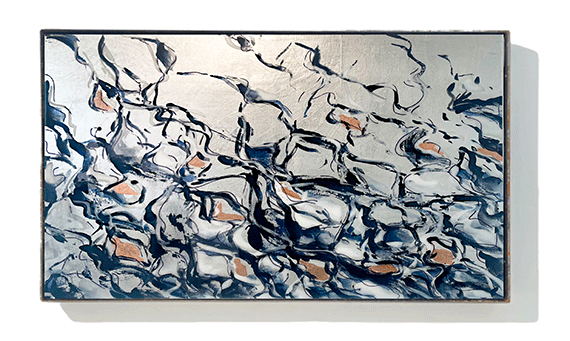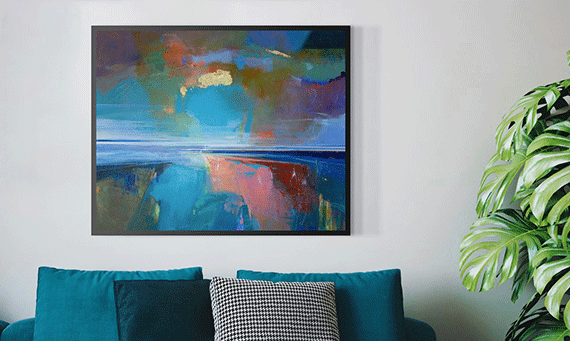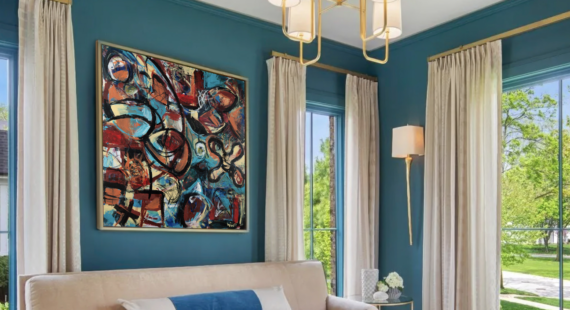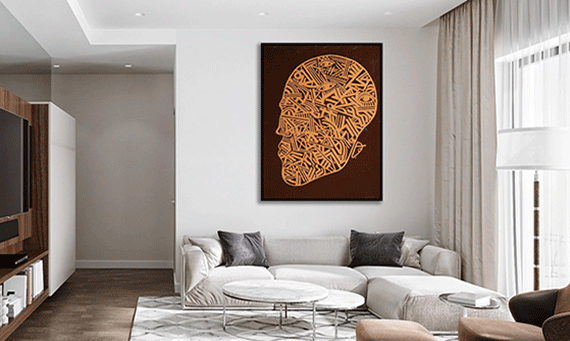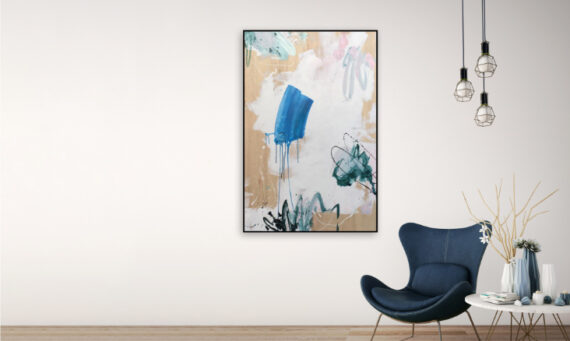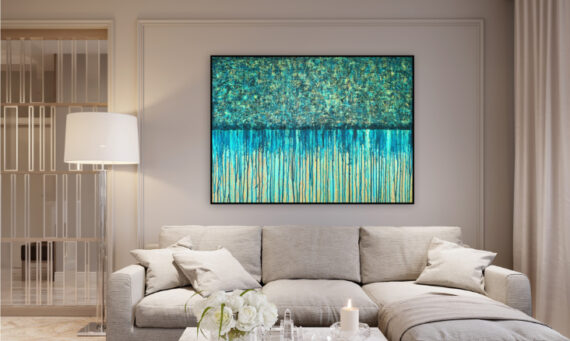Abstract Art
Abstract art, a movement that emerged in the early 20th century, redefined the boundaries of visual expression. Rather than depicting reality as we see it, abstract art seeks to evoke emotion, ideas, and experiences through non-representational forms, colours, and shapes. Artists in this genre focus on the fundamental elements of composition—line, form, texture, and colour—rather than direct representation of objects or figures. This freedom allows for boundless creative exploration, leading to works that engage the viewer on a more instinctive and emotional level.
While Wassily Kandinsky is often credited as the pioneer of abstract art, it was actually Hilma af Klint who created the first purely abstract work in 1906. Her paintings, often inspired by spiritualism and theosophy, explored geometric shapes, vibrant colours, and mystical themes, making her a significant figure in early abstraction. Kandinsky, inspired by such work, later developed his theory of "inner necessity" and abstract painting style.
Today, contemporary artists continue to explore this vast terrain. Robi Walters, for instance, is renowned for his kaleidoscopic compositions that play with form and symmetry, creating visual rhythms that draw the viewer into a meditative state. Similarly, Jessica Zoob’s abstract landscapes invite us into ethereal dreamscapes, where soft pastels and textured layers create both depth and intimacy. On the bolder end of the spectrum, Adam Ball engages with the physical world in an abstract manner, cutting away at layers to reveal the organic patterns beneath, much like the natural processes of genetics and growth.
Abstract art continues to thrive, offering an inexhaustible well of inspiration and interpretation. By abandoning literal representation, abstract artists challenge us to experience the world through feeling and intuition, allowing art to connect with us on a deeply personal level, beyond words and defined imagery.





